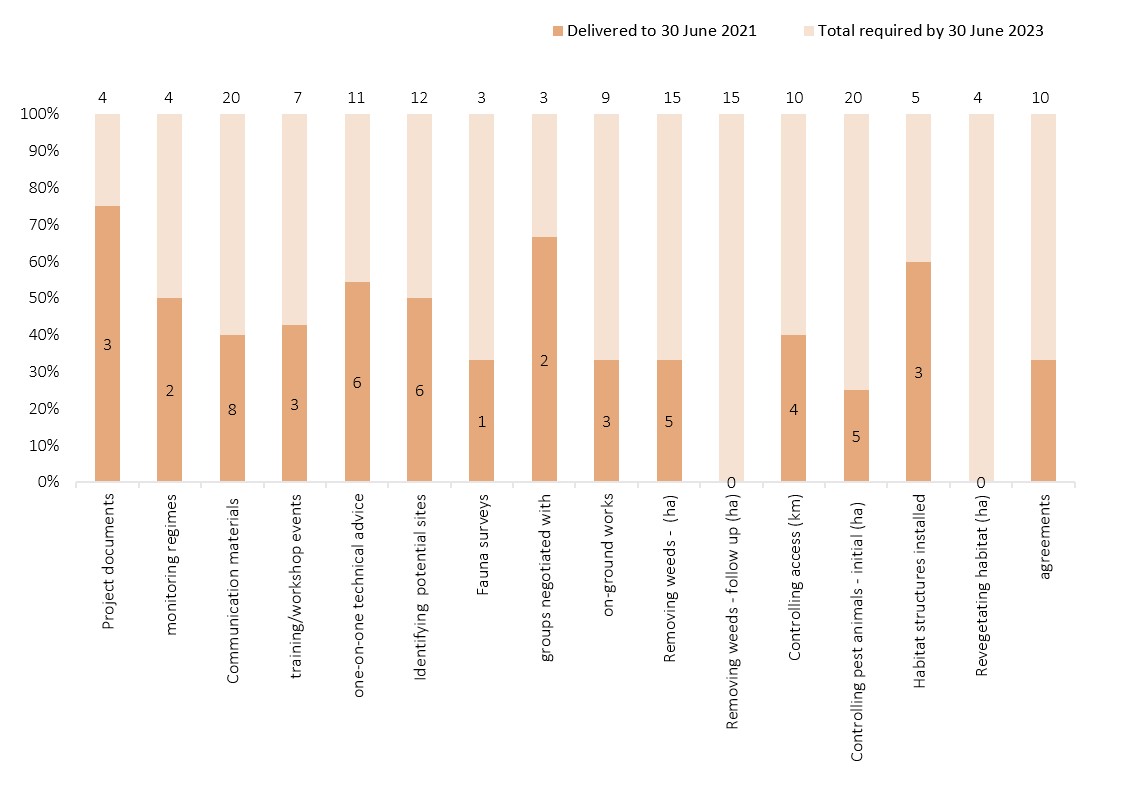Supporting the following Objectives
Protecting WA Black Cockatoos
Communities Conserving our Cockatoos – Building Resilience through Habitat Restoration

Long Term Goal
Halt the decline of Black Cockatoos
Regional Land Partnerships (Australian Government) Outcomes
Primary Outcome:
By 2023, the trajectory of species targeted under the Threatened Species Strategy, and other EPBC Act priority species, is stabilised or improved.
- Primary Investment Priority: Calyptorhynchus latirostris (Carnaby’s black cockatoo)
- Secondary Investment Priority: Calyptorhynchus banksii naso (Forest red-tailed black cockatoo); and Calyptorhynchus baudinii (Baudin’s black cockatoo)
Our 4 year project will support private landholders in the Peel-Harvey Catchment to manage and improve the habitat values of black cockatoo (Calyptorhynchus latirostris) and feeding sites, including the Eucalypt Woodlands of the Western Australian Wheatbelt and Banksia Woodlands of the Swan Coastal Plain Threatened Ecological Communities.
There are three species of black cockatoos in the South West of Western Australia and all of them are under threat of extinction. It is difficult to know how many Carnaby’s Black-Cockatoos are left, but it is known that their populations have declined by over 50% in the past 45 years, and that they no longer breed in up to a third of their former breeding sites in the Wheatbelt.
We will work with landholders, Birdlife Australia (WA), other NRM regions and community groups to improve the knowledge of known nesting sites, and improve the long-term resilience of these habitats through a range of on-ground works.
Community workshops and training events will be used to raise landholder awareness and encourage farmer participation.
The results from surveys and monitoring will feed into Birdlife Australia databases to improve overall knowledge of black cockatoo habitats and populations.
For more detail on the project, please view the project summary here.
Secondary Outcome:
By 2023, the implementation of priority actions is leading to an improvement in the condition of EPBC Act listed Threatened Ecological Communities:
- Secondary Investment Priorities: Eucalypt Woodlands of the Western Australian Wheatbelt and Banksia Wood-lands of the Swan Coastal Plain ecological community
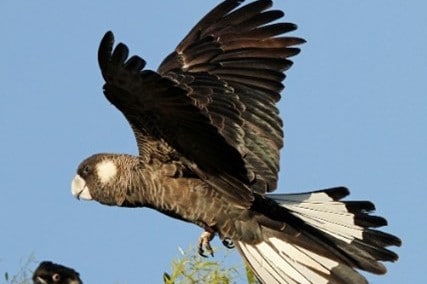
Carnaby's Black Cockatoo
Calyptorhynchus latirostris
Photo: Keith Lightbody
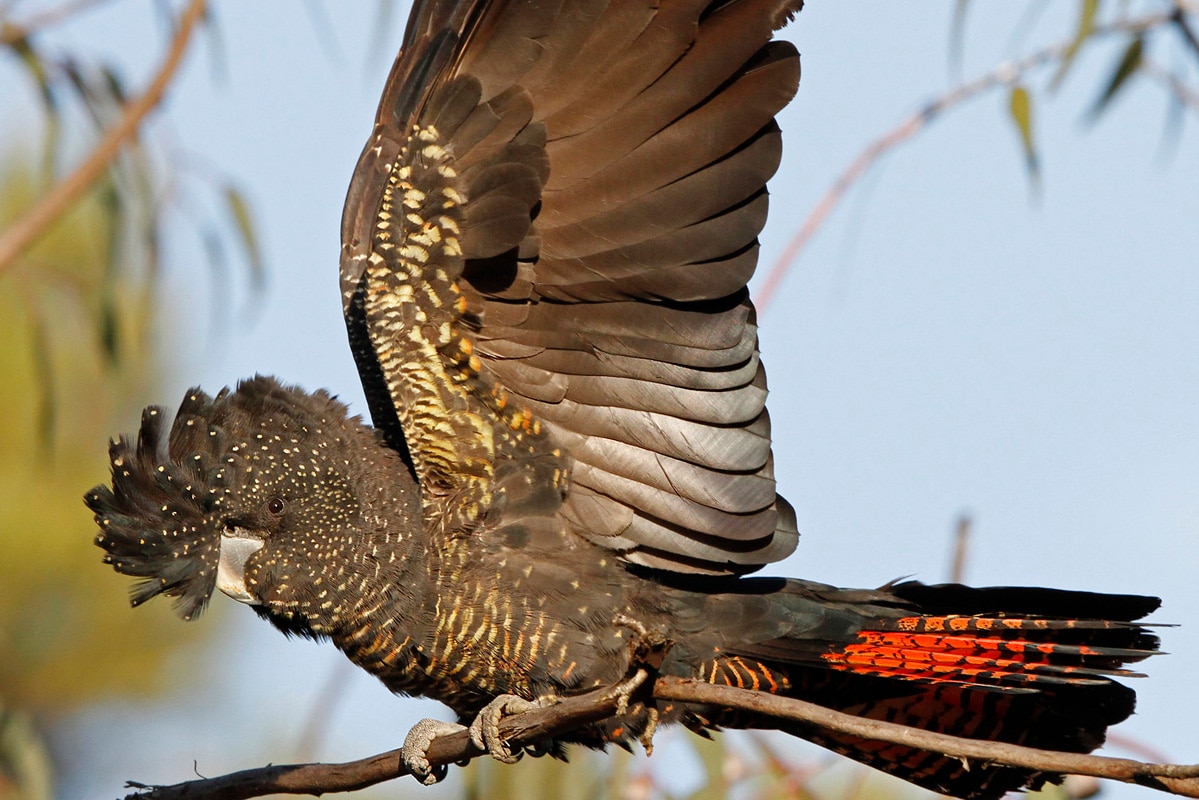
Forest Red-Tailed Black Cockatoo
Calyptorhynchus banksii naso
Photo: Keith Lightbody

Baudin's Black Cockatoo
Calyptorhynchus baudinii
Photo: Keith Lightbody
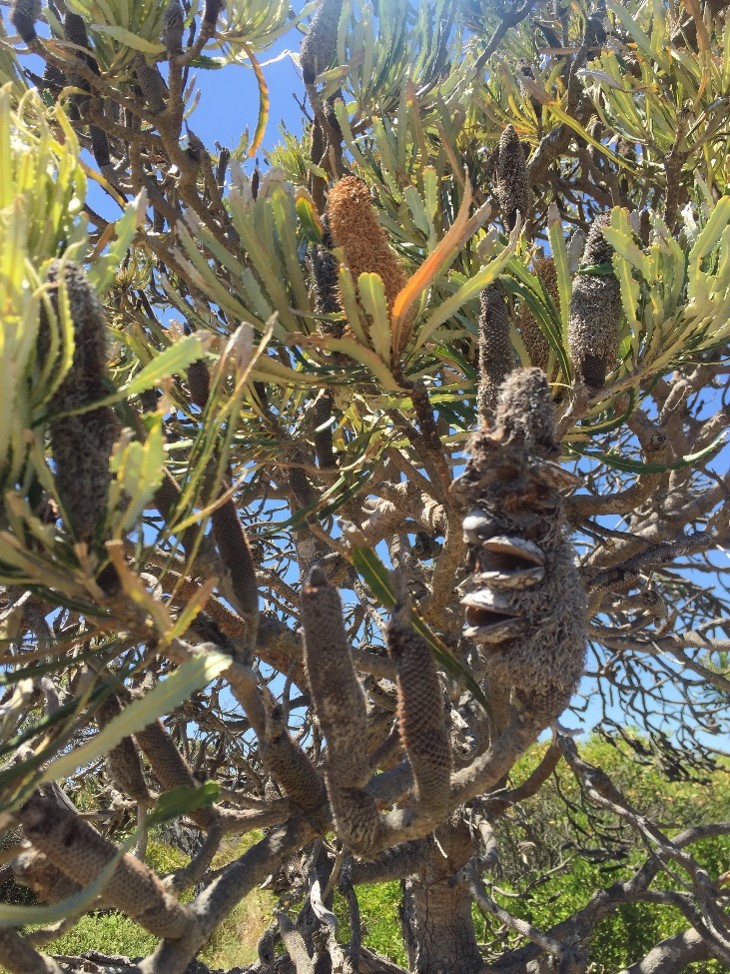
Key Threats
- Loss of breeding habitat through:
- Clearing
- Degradation by grazing and related impacts
- Weed invasion
- Lack of suitable foraging habitat in vicinity of nesting habitat
- Feral competitors (e.g. bees) or predators
- Climate change reducing available water resources
- Loss of breeding hollows
- Inappropriate fire regimes
- Lack of knowledge and awareness of location of nesting habitats
- Lack of community awareness about cockatoos conservation requirements
- Vehicle strikes
Management Actions
Biophysical
- Disease management
- Land Stewardship Programs
- On-farm trials – vegetation and soil health
- Access Control (Landowner grants)
- Pest and weed control (Landowner grants)
- Revegetation and palatable native species (Landowner grants)
Non Biophysical
- Prioritisation of farm vegetation across Region
- Farmer demonstration/field days
- Knowledge extension workshops/events
- Media and Promotion (awareness and education)
- Farm Case Studies (sharing knowledge and stories)
- Social media communications to farmers
- One on One technical advice to farmers
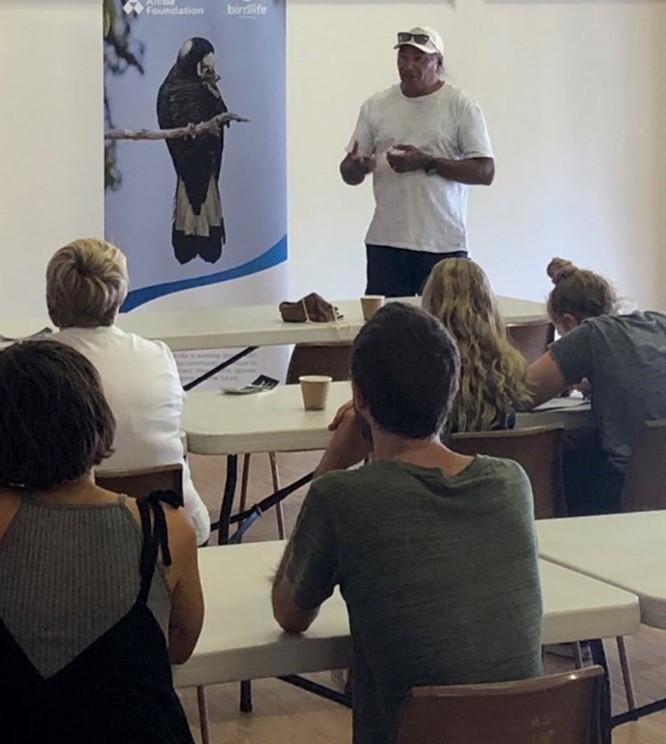
Working Together
The PHCC is delivering the Black Cockatoos project in collaboration with the following:
- Birdlife WA
- Department of Biodiversity Conservation and Attractions (DBCA)
- Tertiary Institutions
- WA Museum
- Landcare SJ
- Wheatbelt NRM
- South West Catchments Council
- Southcoast NRM
- NACC (Northern Agricultural Catchments Council)
Project outcomes
Changes in Asset (by 2023)
Management, in vegetation expected to persist for the long term, to ensure adequate food resources, nesting hollows and/or water to successfully raise chicks to fledglings at black cockatoo nesting sites:
- is undertaken by at least 10 private landholders
- maintains adequate resources for at least 3 nesting sites benefits 6 pairs of black cockatoos at nesting sites
- improves the numbers of successful nesting pairs at 2 nesting sites
The management expected to benefit the condition of Eucalypt Woodlands of the West Australian Wheatbelt/Swan Coastal Plain Banksia is undertaken at 4 sites (200ha)
The Peel-Harvey Catchment region has:
- improved the knowledge and awareness of the community and landholders of black cockatoo nesting and feeding requirements
- confirmed existing sites and identified previously unmapped nesting sites; and
- increased the number of landholders implementing recommended management actions to ensure adequate food resources, nesting hollows and/or water to successfully raise chicks to fledglings at black cockatoo nesting sites from 0 to 10.
Monitoring and Evaluation
An effective monitoring and evaluation framework is being used to ensure the Project delivers on its outcomes.
Our PHCC project logic provided the framework for the design, delivery, review and evaluation of this project. An adaptive management approach will be used to monitor, evaluate, review and improve the methods of delivering project services to meet the relevant Black Cockatoos Conservation Advice.
Management Actions (outputs) are detailed on the graph below, with progress in delivery up to June 30, 2021 showing that we are on target to meet our targets, as defined in our Agreement with the Australian Government.

